You wake up, check your phone, eat some breakfast, make and pack some lunches, button your shirt or blouse, zip your pants, brush your teeth, comb your hair, pull on some socks, tie your shoe laces, turn the car key. So many things we do each day require fine motor skills that it's easy to take them for granted and forget how vital they are.
For young children of preschool, kindergarten and early school age, fine motor skill development is extremely important.
Is there a way to develop fine motor skills? Fine motor development is vital to your child’s confidence, self-care, and independence. Furthermore, increasing fine motor control enhances their play and prepares them for future success. Motor skills involve the specific movement of muscles to execute an intended task. Running, stringing beads, and sitting up are all activities involving motor skills. Different types of motor skills begin to develop as a child grows and gains muscle strength. Some children, like those with autism, have difficulty developing these skills.
-
What are examples of fine motor skills?
Fine motor skills are the coordinated small muscle movements in the hands, fingers, thumb, and wrists. These small movements include:
-
Pincer grasp (using just the thumb and one finger to pick something up).
-
Hand-eye coordination (coordinating small movements in conjunction with their eyes).
-
Hand and finger strength (to manipulate and grip objects).
-
Two-handed tasks (coordinating the use of both hands together).
These skills are a basic foundation required by children when learning to read, write, or write with a letter or write with a pencil.
Getting your preschoolers and toddlers involved in fine motor activities is simple with fun, fine motor materials. You might consider creating a fine motor skills “kit,” so you will be prepared for fine motor development activities at any time.
To support fine motor development, we must encourage our children to explore, play, and interact with various materials. Things like:
-
Playdough
-
Blocks for kids (including snap-together blocks and magnetic blocks),
-
Puzzles (teaches them how to manipulate objects by flipping, turning, and placing them).
-
Craft supplies to spark their imagination and creativity
-
Stress balls are helpful with kids who like to fidget. They can squeeze the pliable balls for fun and build grip strength at the same time. A stress ball can also be a soothing way for a child with autism to relieve stress.
-
Coloring or drawing is a simple way to increase grip strength and exercise fine motor skills.
Let’s get you started on activities, exercises, resources, and TOOLS to improve fine motor skills!
If you are familiar with occupational therapy, then you know that fine motor activities are an integral part of OT interventions. The hands play an important role in most occupations that we perform. From writing, to tying, getting dressed, feeding ones self…most of our day to day tasks involve using our hands. So, when fine motor control and dexterity impacts functional performance, it can be a reason to work on motor control of the hands.
Here, we are covering all aspects of fine motor skills when it comes to children. We’re covering fine motor development, each aspect of fine motor skills, and fine motor activities that are rooted in play and learning to develop these essential skills of the hands.
FINE MOTOR ACTIVITIES
Ways parents can help children develop and improve their fine motor skills
Play is at the core of learning during the early years and it can take many forms. One of the most important of these is sensory play because it engages all of a child’s senses (taste, touch, smell, sight and hearing) and has a enormous positive impact on brain development.
Sensory play is just as important as fine motor activities. See how to get started with sensory play here. These techniques are especially effective for teaching pre-school or kindergarten aged children fine motor skills, but they are also necessary and useful for younger and older children's motor skill development.
Parents can encourage and help kids to improve their fine motor skills with simple, fun activities and ideas. If you’re stuck for ideas, try a few of the activities below.
-
Before trying these exercises, take a minute to prepare your child – they will feel the benefit!
-
To wake up their muscles, squeeze their hands, tips of their fingers and their arms. You could also use a brush along their skin, or a vibrating massager. All of these will increase your child’s awareness of their body, helping them be more accurate and learn more effectively. It will also increase their enjoyment of the activity.
-
You may want to give their hand, wrist and arm a stretch first to allow them to have the most movement possible with which to play.
-
Make sure your child is successful in their game as this will motivate them to continue. As you push them to get to the next level, they should be able to manage a few of their attempts to stay motivated – even if they are not successful every time.
-
Remember to praise the effort made rather than the result achieved. This motivates a child to keep putting in effort and not be put off if they don’t succeed at first.
Fine motor development amazing ideas for kids
1. Play-dough
Tactile play with good old favorite materials like play-dough is a great way for kids to experiment and build fine motor skills. To make this even more interesting you could make the play-dough with your child first before they play with it.
2. Puzzles
Do puzzles together. Picking up and moving puzzle pieces into place helps develop pincer grasp.
Watching or helping your child learn how to complete a puzzles can sometimes be frustrating, they can be impatient and give up easily, lose pieces or put them in their mouth. But if you stick with it the rewards are worth it. Engage with and encourage your child as much as you can to compete easy puzzles at first and then progressively harder one's, doing this will improve their hand - eye skills, co-ordination and motor skills.
Watching the smile and sense of satisfaction that your child will get from completing a puzzle provides tremendous satisfaction for parents.
3. Drawing, coloring in and painting
Encourage your child to draw and paint. This helps not only their fine motor skills, but also creativity and imagination too. Try different types of painting and different mediums, like crayons, chalk, finger paints, brush painting or charcoal, to spark their interest and strengthen your child’s hand-eye coordination. Painting with a paint brush helps kids learn to hold a brush and gain greater control using things in their hands including pencils and other items. Paint-by-number can be an excellent form of brush painting for young children.
4. Cutting with scissors
Using scissors is a great way to strengthen fine motor skills as well as improve hand-eye coordination and concentration. You can draw shapes for your child to cut around. Make some paper snowflakes. Even cut play-dough. Make sure you use age appropriate scissors.
5. Bath time play
Use cups to fill and pour out, sponges or squeaky rubber toys to squeeze. Try not to stress about water going on the floor, you can always wipe it up afterwards.
6.Sand play
Like bath time play, using cups to fill and pour and out is fantastic fun and also encourages sensory development. Scoop and dig with spoons. Use molds. Draw pictures and build things. If you’re inside, magic or kinetic sand is a great alternative.
8. Build with blocks and Lego
Stack, connect and build things together with blocks and Lego. These activities encourage fine pushing and pulling movements. Lego is also great for fostering creativity. Building with LEGO is an effective way to work and develop your child's fine motor skills. As children build and even pick up LEGO pieces they will, build stronger muscles in their hands and improve co-ordination, this will help them to improve with other skills, such as learning to hold a pencil and learning to write.
7.Pouring
Children pour something from one bottle to another. I started out having them pour popcorn seeds. They can later try pouring sand, and then water.
8.Eye dropper tests
Put some water a few glasses. Pour a few drops of food coloring in each glass, so that you have different colored water in each glass. Have a couple of empty bowls and glasses where kids can use an eye dropper to experiment with mixing different colored water together. Try using vinegar instead of water, and have a bowl of bicarbonate soda that will fizz up when the colored vinegar is dropped in.
10. Threading and lacing
Thread different size pasta or beads onto strings, laces and pipe cleaners. Tie knots and bows in the string. Finger knitting is easy and fun too!
Learning to brush teeth is good for your child's motor development
It can be difficult to teach young children to brush their own teeth, especially to get them to brush properly, but doing so will help their find motor skill development.
WHY IS FINE MOTOR CONTROL IMPORTANT?
We’ve already covered many of these areas, but in the world of occupational therapy, fine motor development is essential for functional participation. SO many daily tasks are impacted by fine motor development. This functional participation allows us to learn, grow, and interact with the world around them.
In children, fine motor skills allow them to experience the world around them.
-
Fine motor skills enable feeding- Development of fine motor skills through play enables grasp of food, utensils, and the ability to scoop food, hold a cup without spilling, cut with a knife, spread butter or peanut butter, cut food, use a fork. Other considerations include opening food containers, managing a lunch box, opening and closing plastic food baggies, holding a tray of food, and much more.
-
Fine motor skills enable grooming and hygiene- With the development of fine motor skills, we are able to hold grooming utensils such as combs and toothbrushes, squeeze toothpaste, pick up small objects, use tweezers, open containers, squeeze out a “just right” amount of shampoo, conditioner, or lotion, use and wash with a washcloth, manipulate and hold soap, and much more.
-
Fine motor skills enable handwriting skills- holding a pencil, using a functional pencil grasp, coloring, writing at the correct pencil pressure, erasing, and much more.
-
Fine motor skills impact scissor use– This includes holding scissors, cutting shapes, manipulating paper, cutting with correct speed, starting and stopping scissors at the appropriate place, and much more.
-
Fine Motor Skills and Clothing management- Getting dressed is greatly impacted by fine motor development. Tasks such as managing buttons, zippers, snaps, buckles, shoe tying, hair ties, and other clothing tasks require fine motor strength and dexterity.
This is only the beginning. Relatively every functional task that we do includes aspects of fine motor. Consider your daily tasks. In every way, fine motor skills are included in some manner or another. From seat belt buckles to typing a message on your phone. Fine motor activities are a part of every day, all day long.
Children with autism spectrum disorder typically require additional time to acclimate to new situations and accept changes in their typical routine. Fine motor skills may be challenging to address because children with ASD can become overwhelmed by the different aspects of an activity so continued exposure, persistence and success with a task can make children with ASD all the more willing to participate in different fine motor activities.
Whether you thread, sort, or clip clothespins to big building blocks, you want to get your kids using their fine motor skills. Simple things like painting, squeezing playdough, stacking blocks, or water play, all increase your child’s fine motor development.
Which fine motor activities will you try next?
When performing ordinary activities like hair brushing, autism can present unique challenges. Many personal care tasks like brushing their teeth and brushing their hair can be difficult to tolerate, which can cause a personal care deficit. Approaching this intolerance must be done on an individual basis and should be customized with the individual’s sensitivities in mind. Read our blog Hair Brushing For Children with Autism and get more tips for Managing Hair Care and Sensory Needs










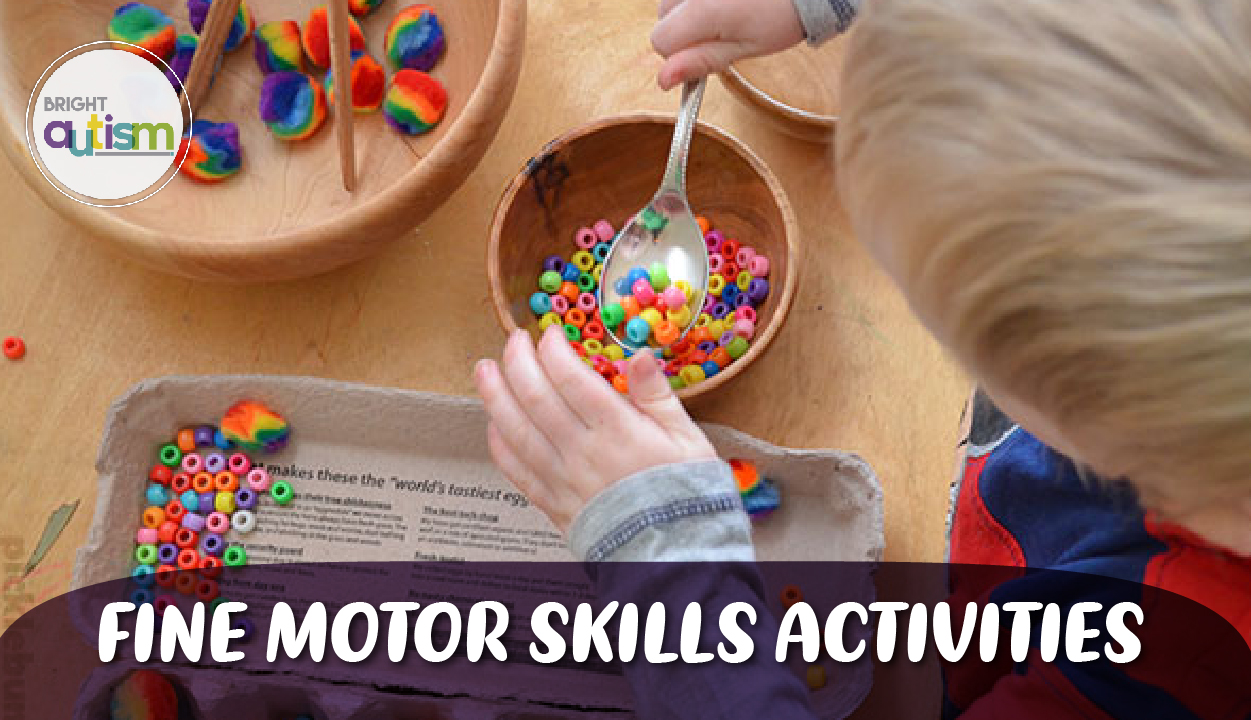
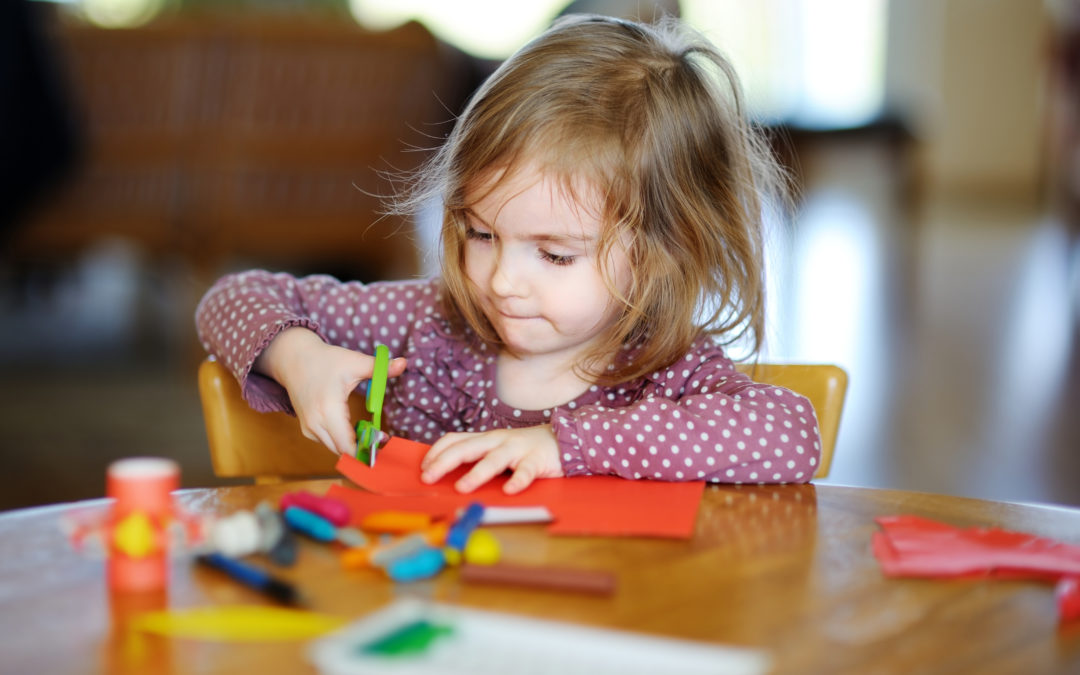
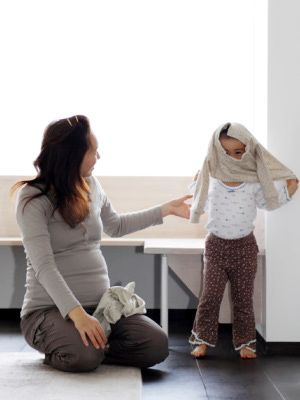



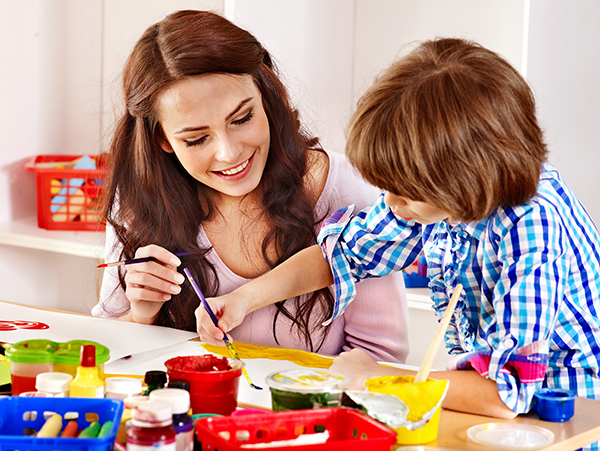
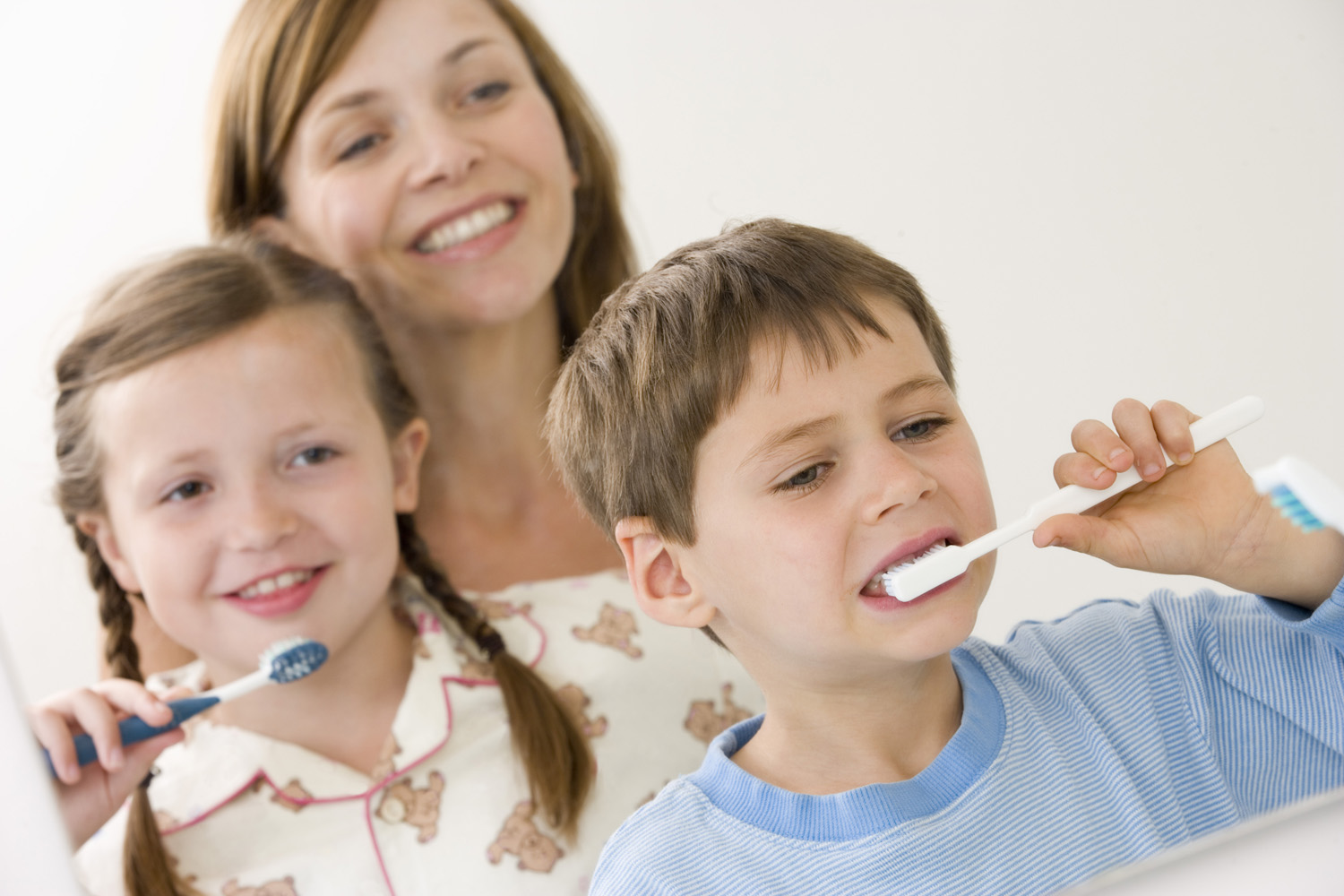
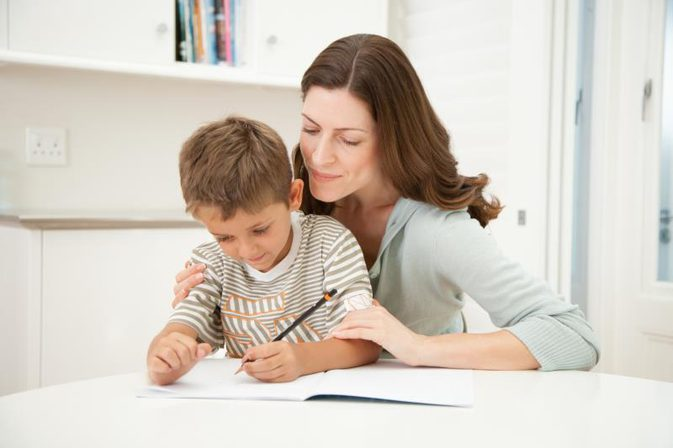

Leave a comment